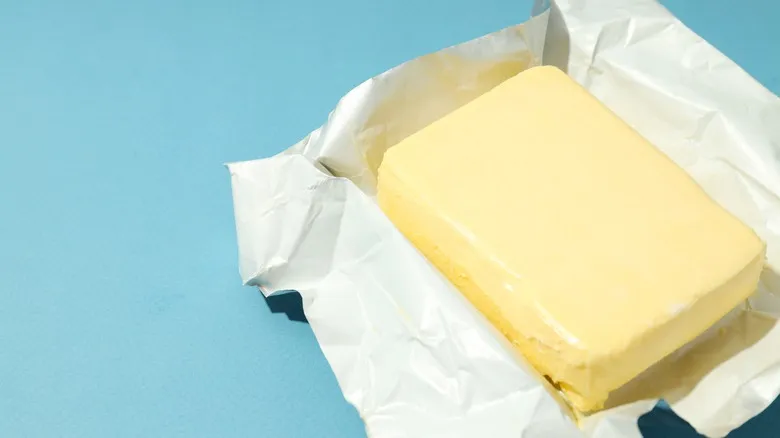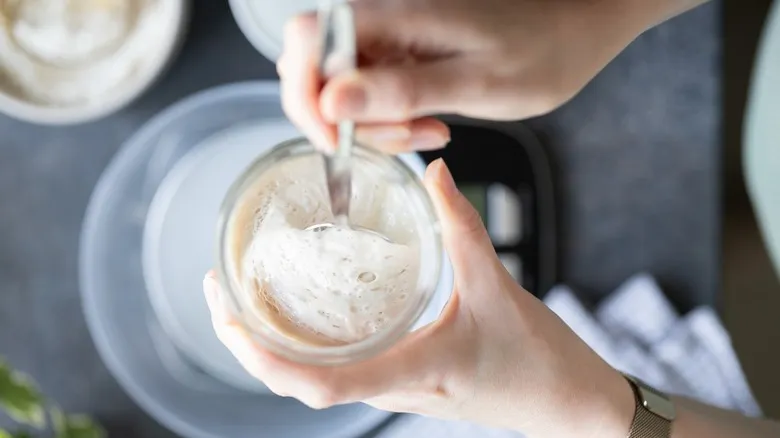Other ways to soften butter and why it's important

While allowing butter to soften at room temperature is the ideal method for achieving the best results, there are quicker alternatives if you're in a hurry. For instance, Mary Berry suggests cutting cold butter into cubes and immersing them in a bowl of warm water for 10 minutes. Another effective technique involves placing cold butter between sheets of parchment paper and rolling it out with a rolling pin. This method not only serves as a great stress reliever but also generates enough friction to warm and soften the butter.
You can also opt for the microwave, but this should be a last resort. If you choose this method, set the microwave to the lowest power level and heat the butter for just 15 seconds. Keep a close eye on it, as microwaves vary in strength and butter can melt rapidly. While ice cubes can help firm up butter that has become too soft, this process takes additional time and undermines the purpose of a quick solution.
You may be curious about why softening butter is so important. Cold butter works well for making biscuits and flaky pastries, but it cannot replace softened butter in many recipes. This is because numerous baking techniques depend on the process of creaming, which involves whipping fat and sugar together until light and fluffy. Softened butter is crucial for this step, as it can be aerated effectively, leading to a tender and airy baked good. If the butter is too warm, it won't maintain its structure during aeration, resulting in a collapsed final product. Conversely, cold butter is too firm to cream properly and won't mix evenly with sugar.
Recommended

Yes, You Can Freeze Sourdough Starter. Here's How

Ina Garten Might Just Have The Answer For Your Collapsing Carrot Cake

Can You Substitute Chocolate Chips For Baking Chocolate?

The Ingredient Ina Garten Uses To Serve Cake Like A Restaurant
Next up

